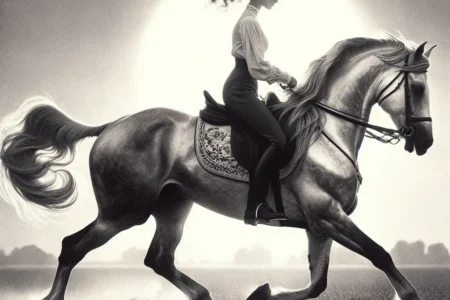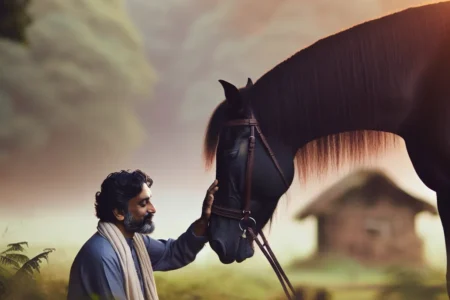W artykule omawiającym definicję terminologiczną: “poszkodowany” i “pokrzywdzony” podkreślono subtelne różnice między tymi terminami oraz ich znaczenie w kontekście prawa karnego, cywilnego, ubezpieczeń i procedur sądowych. Autor wyjaśnia, że “poszkodowany” odnosi się głównie do strat materialnych lub osobowych wynikających z różnych zdarzeń, takich jak wypadki drogowe, podczas gdy “pokrzywdzony” to osoba dotknięta szkodą wynikającą z przestępstwa karnego. Artykuł przedstawia przykłady sytuacji, w których te pojęcia są używane oraz podkreśla znaczenie właściwego rozróżnienia między nimi w procesie prawnym i procedurach odszkodowawczych. Tekst zapewnia kompleksowe wyjaśnienie dla czytelnika i zachęca do dalszego zgłębiania tematu, aby zrozumieć pełne implikacje tych terminów w kontekście prawnym.






